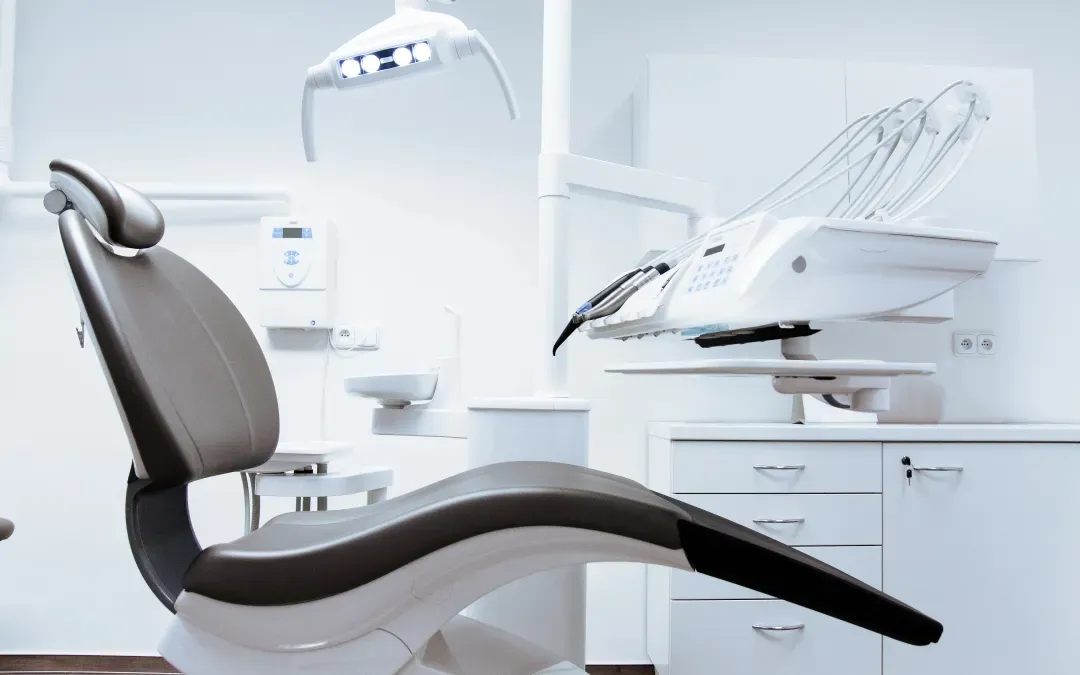
There are two distinct pathways by which most people come to oral and oropharyngeal cancer. One is through the use of alcohol and tobacco, and the other is through the exposure to the HPV (human papilloma virus.) This is the same virus responsible for the vast majority of cervical cancers in women. If you have HPV, you are 30 times more likely to get oral cancer. This is why everyone should perform an oral cancer screening each month. Please click the link for more information on how you can perform your monthly self exam. https://www.aaoms.org/media/raise-oral-cancer-awareness/videos What are the symptoms of oral cancer?
- Sore or irritation that doesn’t go away
- Red or white patches
- A lump, thickening, rough spot, crust or small eroded area
- Difficulty chewing, swallowing, speaking or moving your tongue or jaw
- A change in the way your teeth fit together when you close your mouth
How your dentist can help detect oral cancer: During your exam, your dentist evaluates changes in your medical history and whether you’ve been having any new or unusual symptoms. Then, your dentist will check your oral cavity. This includes your lips, cheek lining, gums, the front part of your tongue, the floor of your mouth, which includes the underside of your tongue, and the roof of your mouth. What happens if my dentist finds something suspicious? Your dentist won’t be able to tell right away if what he is looking at is cancerous, so he may refer you for testing. Together, you and your dentist can create the best strategy for diagnosis, treatment, and prevention.








